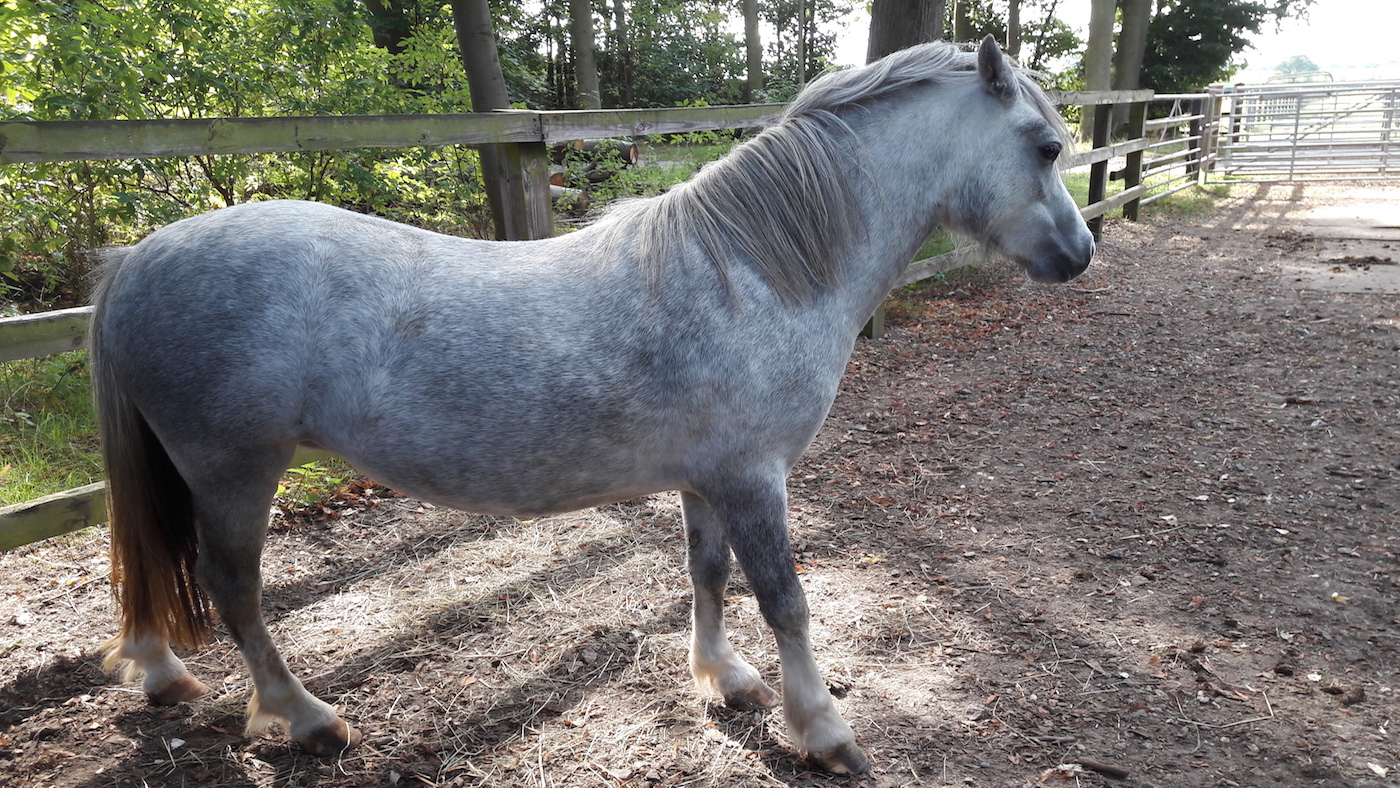Laminitis is as common as colic, and there is no time of year at which equines are not at risk, research has shown.
A study carried out by the Animal Health Trust (AHT), with the Royal Veterinary College and Rossdales Equine Hospital, and funded by World Horse Welfare, has found that one in 10 horses or ponies may suffer at least one laminitis episode each year, making it just as common as colic.
The AHT said the research, published in the Equine Veterinary Journal, “emphasised that laminitis needs to be considered an important year-round equine welfare concern in Great Britain”.
“Despite the long-standing belief that laminitis is a springtime disease, this study has identified that there is no ‘safe’ season, and laminitis remains a threat across England, Scotland and Wales regardless of the time of year,” a spokesman said.
“Owners must remain vigilant and not reduce preventive measures when they misconceive the ‘high-risk’ period has passed.”
The AHT said owners must understand the importance of recognising subtle signs of “potentially life-threatening episodes”.
“Most laminitic animals were reported by their owners to display non-specific and mild clinical signs, including difficulty in turning and a short or stilted gait (also referred to as ‘pottery’ gait) or lameness at walk – present in over 70% of laminitis episodes,” the spokesman said.
“However, less than a quarter of affected animals displayed the more classically recognised signs, such as the typical ‘rocked back on the heels’ laminitic stance and divergent hoof rings (rings that are wider at the heel than at the toe).
“A considerable proportion of owners did not assess the presence of a bounding digital pulse, a commonly reported clinical sign of laminitis by vets. This suggests owners may benefit from additional help with correctly locating and assessing the digital pulse, which could contribute to earlier detection of laminitis episodes in the future.”
The AHT said it was of concern that only half the 123 laminitis episodes reported in the 1,070 equines involved in the 29-month study were confirmed by veterinary diagnosis.
“Therefore, despite laminitis being considered a medical emergency by vets and expert researchers, many animals with laminitis are not receiving initial veterinary attention,” the spokesman said, adding that owners should be encouraged to call the vet if they suspect laminitis, or notice any of its associated signs, as by the time even subtle signs appear “the damage within the foot has already begun”.
Continues below…

‘They’re getting fatter and fatter’: Vet’s warning over obesity-related equine deaths
‘As a rule, you’ll get much more criticism on a livery yard if you can see ribs than if your

Q&A: Help! My pony has laminitis
Expert advice on identifying and treating laminitis

Subscribe to Horse & Hound magazine today – and enjoy unlimited website access all year round
“Early diagnosis and appropriate management is crucial in preventing long-term, often irreversible damage to structures within the laminitis-affected foot,” the spokesman said.
The next stage in the AHT’s research, thanks to support from the Margaret Giffen Charitable Trust and World Horse Welfare, will seek this year to identify which management and health factors were collectively associated with laminitis development in this population of animals. The results should be available this year.
For all the latest news analysis, competition reports, interviews, features and much more, don’t miss Horse & Hound magazine, on sale every Thursday.





